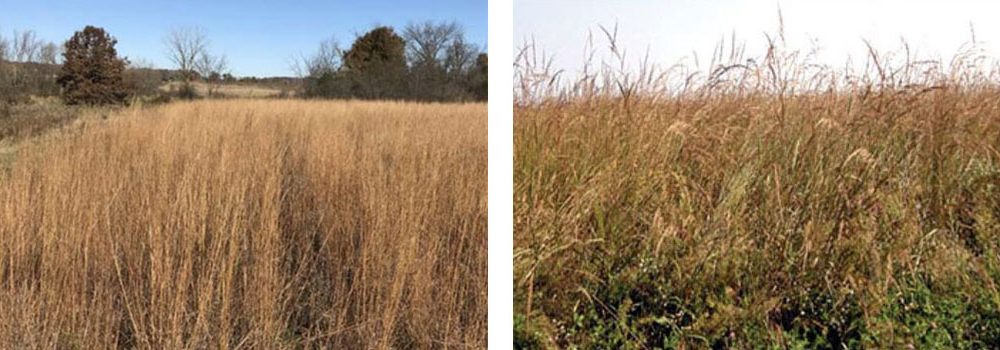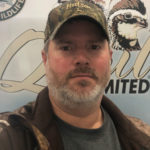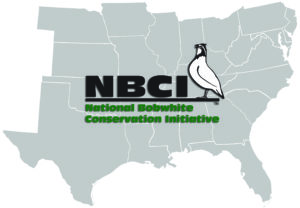We can all agree on the components comprising any given automobile. We can also agree a source of power is needed to run it. The power source must come from an engine or electric motor (don’t get bogged down with the specifics, just follow along for a minute), and all the complex components—axles, computers, transmissions, wheels—must be in good working order for it to be considered a “working automobile.” If the power source is removed, then the machine cannot function. But what about all the other components, like the wheels? Sure, they are important, but a wheel can go bad, and it can easily be replaced.
State and federal agencies have attempted to manage private lands (the automobile) by working with the wheels (the landowner). While I have previously established every component is crucial to the overall functioning of the automobile, some parts are truly more important than others. In this simple analogy, we’ve focused the majority of our private lands conservation effort on the most easily replaced part. All too often, the wheels are found faulty and inevitably replaced by the next generational wheel. We must redirect our efforts towards the more stable and important part—the engine or motor (the farmer) that drives private lands management. The farmer is the economic force truly driving land use. Well, the wheels are just along for the ride!

So, how does the government fit into all this? For far too long, the government has been investing in discount wheels when a far more effective approach would be investing in discount gas for the engine! The wheels are everchanging with tons of options and variability, whereas engines are fewer in number, last longer, are more stable, and are more important to the automobile.
Take for example the USDA Conservation Reserve Program (CRP). Let’s just run the numbers. Say we have 30 million acres of CRP in the US, and the average rental rate is $150/acre. The product is 4 billion, 500 million dollars spent annually to the wheel. The wheel is not equipped to move the automobile without the engine, so it cannot maintain the conservation cover in the contract. Therefore, conservation inevitably fails. How does that make any sense? Landowners are largely unable to manage CRP acres, and farmers detest it because they are left to “clean up the mess” at the end of a 10-year contract to re-establish crop production acres.
I have spent a lifetime working with landowners. I value each and every landowner contact, but it has been a difficult road. As I reach the pinnacle of my career, CRP acres are at historic lows. As I look in the rearview mirror, I have not one single acre more habitat on the ground than when I started.
I aspired to leave a legacy of conservation with my landowners, my agency, and my profession. I believe the only way to do that now is be a catalyst for change and challenge the next generation to find a better way. Therefore, I am encouraging the professionals of the future to focus on the engine, the lifeblood that drives what exists or does not on the land.
CRP as we know it must evolve. We must find logical answers to these questions:
- Why do we have 10-year contracts?
- Why do we pay the landowner?
- Why do we pay to establish complex cover types?
- Are we maximizing public benefits?
Here is my quick-n’-dirty idea to focus on the engine while bringing the rest of the automobile along with it.
CRP should be replaced with three-year fallow fielding practices. The option of over seeding a forb such as a black-eyed Susan or something inexpensive like an annual grain. The payment for the fallow fielding is fueled by the government going directly to the farmer. The farmer, in turn, pays the landowner rent. Fallow fielding would only last three years for any given acre, and the farmer must have a rotation in place to ensure that well interspersed habitat is available for wildlife. This concept would take planning, hopefully by a biologist. At the end of year three, the farmer could simply return to row crops for “X” amount of years before the rotation would return. This program would be exponentially enhanced by incentivizing permanent field borders around fields by offering reduced rates of crop insurance. In this landscape, grassland birds and pollinators could thrive.
Most professionals can agree that the first three years of CRP have the best diversity and habitat potential, so why have seven years of failure? Today’s CRP, we enroll an entire farm that is basically an island of habitat. It’s static, not dynamic. After 10 years, there’s strong potential for destruction and reintroduction to row crop production. As it stands now, most landowners with CRP are all-in or all-out with no habitat connectivity and no engine for management. Yet, they are benefitting from public tax dollars with an annual depreciation of conservation value. In 10 years, it all might be gone! We can’t continue to work with that. IT’S MADDNESS!

Speaking of maddening, I have attempted to balance multiple landownerships, juggling all the contracts in my head for decades (which has matured me beyond my years). Ultimately, in the end, just a couple of corporate farmers lease it all! Would it not be easier to work hand-in-hand with the few engines (farming community) that controls the majority of the landscape? Why target the scattered wheels (landowners) that end up controlling very little?
This concept can also apply towards sustainable forestry—just replace the farmer with logger. Why can’t we pay a logger to leave 16” White Oaks in the forest when we pay a landowner to not farm?
This may very well be my last-ditch effort as a KDFWR Private Lands Biologist to make a positive legacy. I hope my analogy has made you think. Maybe spark just a thought about how can we better work with the engine and stop getting lost with the wheels.

Philip Sharp
Kentucky Department of Fish and Wildlife Resources
Private Lands Biologist




